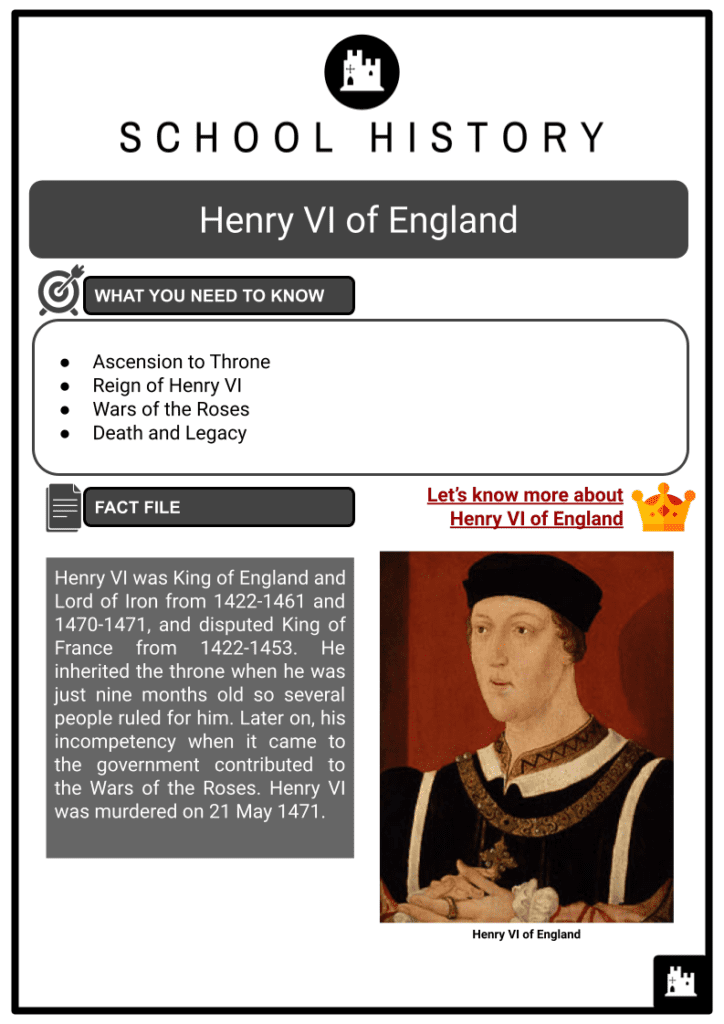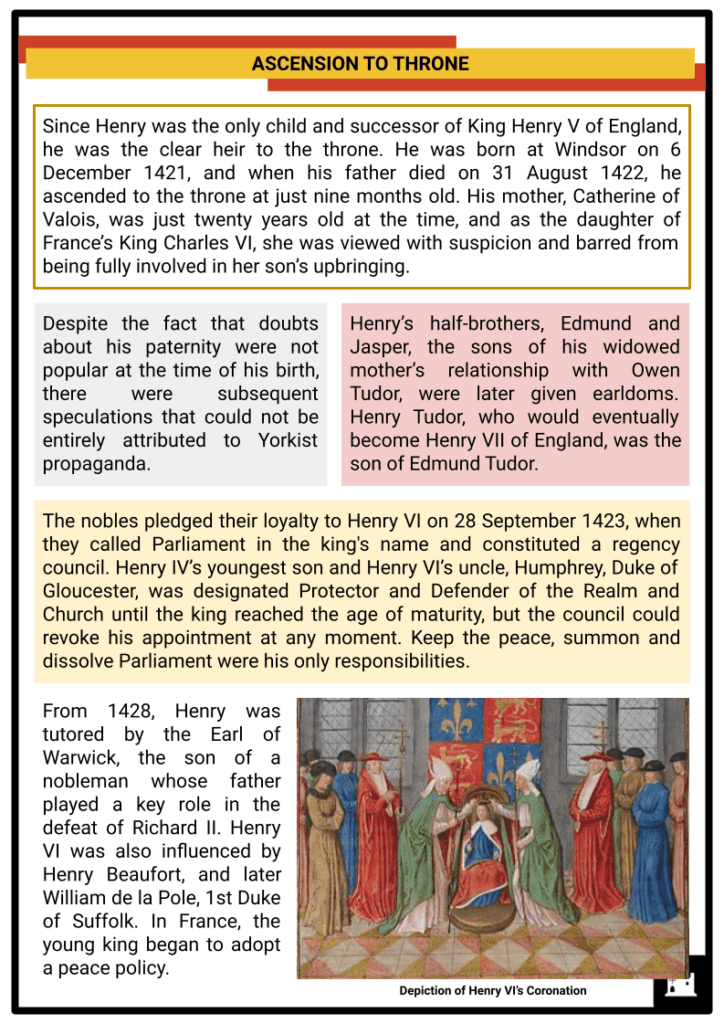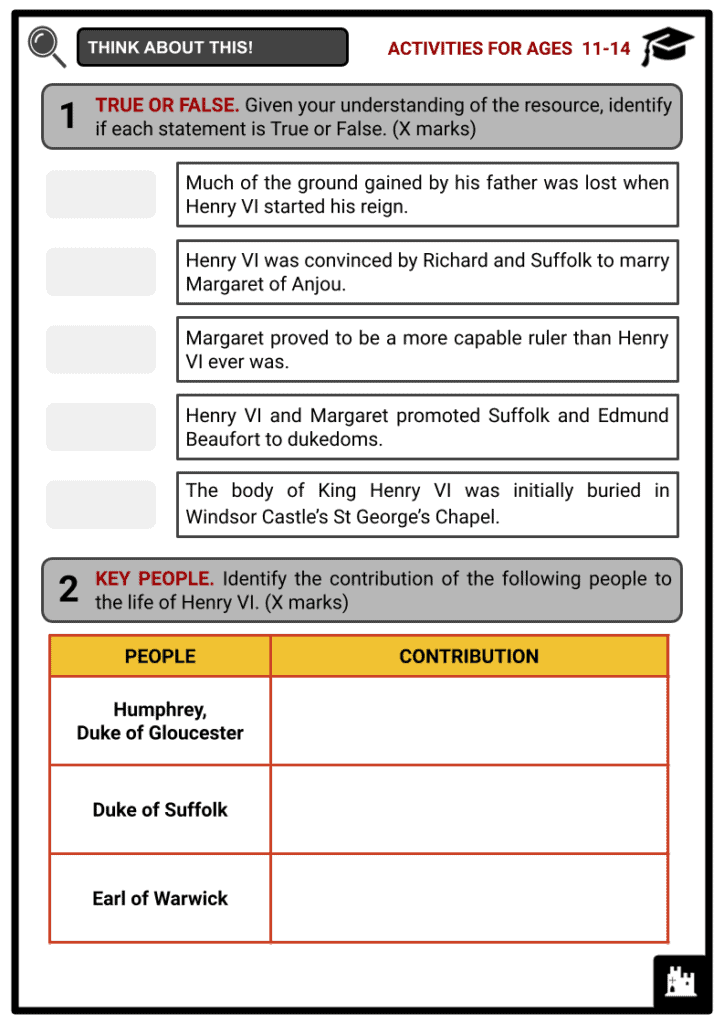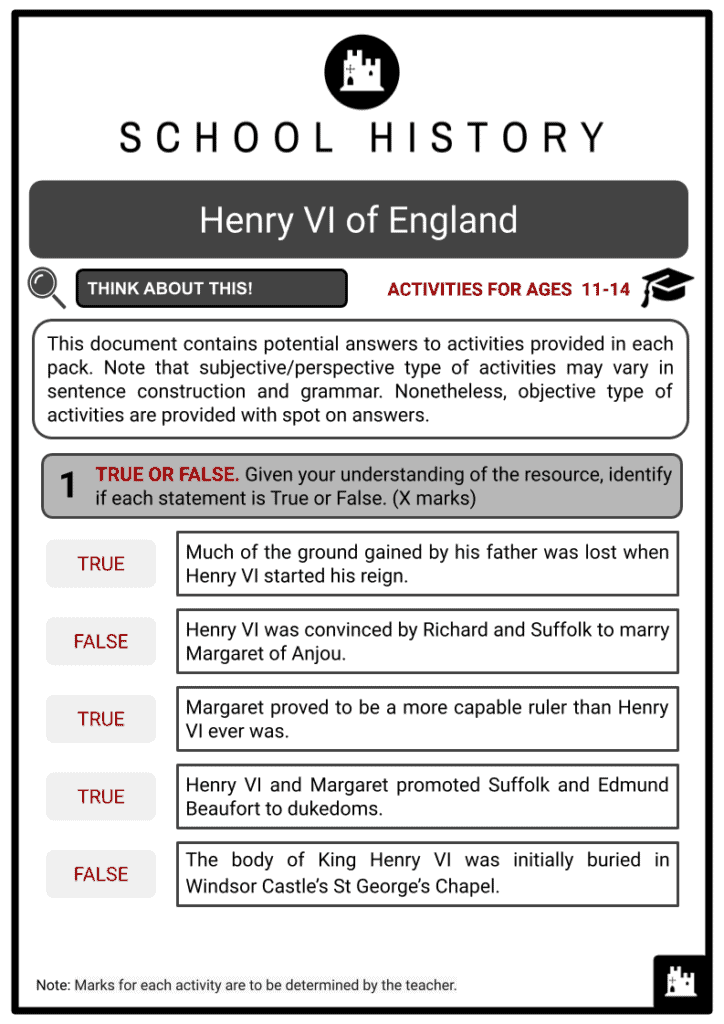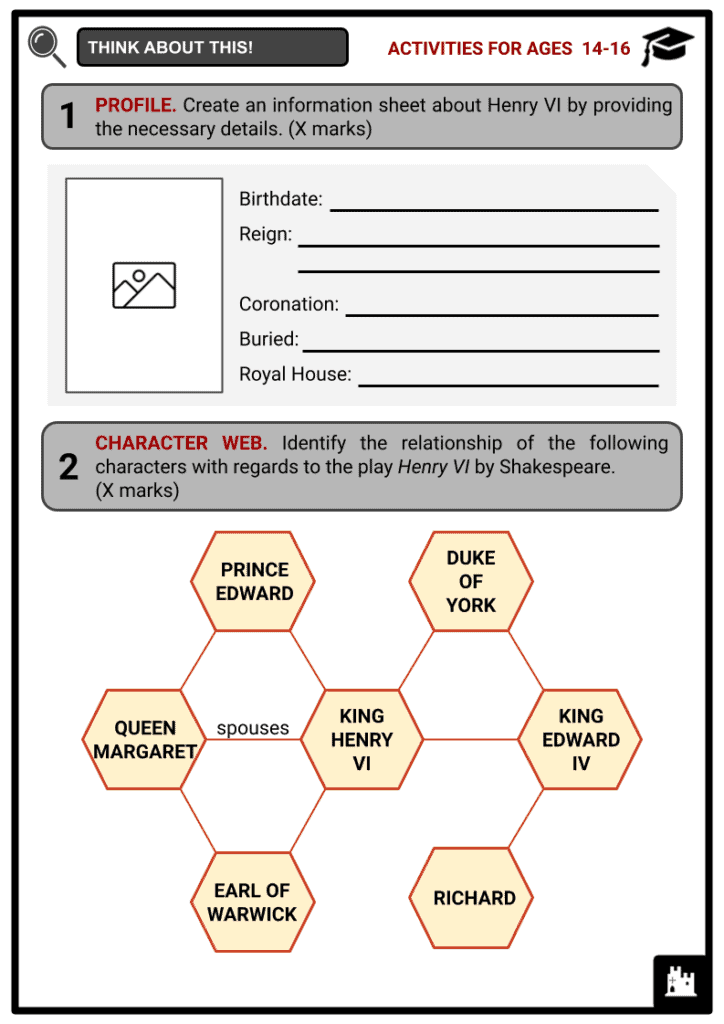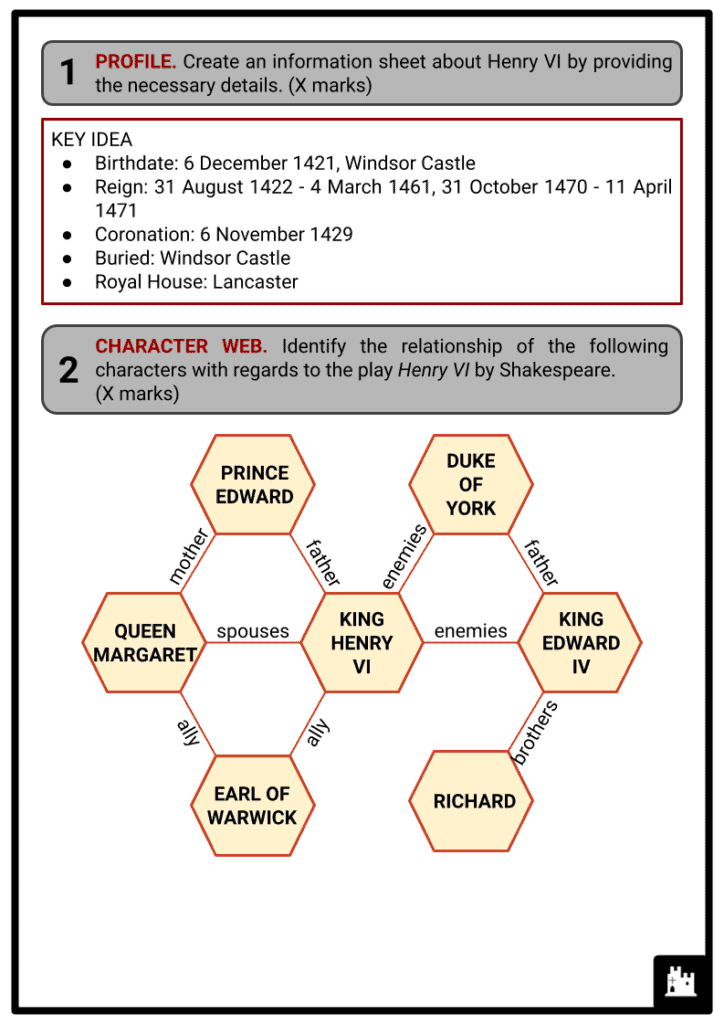Download Henry VI of England Worksheets
Do you want to save dozens of hours in time? Get your evenings and weekends back? Be able to teach about Henry VI of England to your students?
Our worksheet bundle includes a fact file and printable worksheets and student activities. Perfect for both the classroom and homeschooling!
Table of Contents
Add a header to begin generating the table of contents
Summary
- The key events that occurred during the Renaissance period.
- The influential people from the Renaissance period.
- The historical significance of the Renaissance period.
Key Facts And Information
Let’s know more about the Henry VI of England!
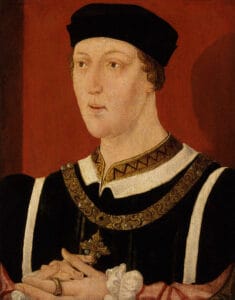
- Henry VI was King of England and Lord of Iron from 1422-1461 and 1470-1471, and disputed King of France from 1422-1453. He inherited the throne when he was just nine months old so several people ruled for him. Later on, his incompetency when it came to the government contributed to the Wars of the Roses. Henry VI was murdered on 21 May 1471.
ASCENSION TO THRONE
- Since Henry was the only child and successor of King Henry V of England, he was the clear heir to the throne. He was born at Windsor on 6 December 1421, and when his father died on 31 August 1422, he ascended to the throne at just nine months old. His mother, Catherine of Valois, was just twenty years old at the time, and as the daughter of France’s King Charles VI, she was viewed with suspicion and barred from being fully involved in her son’s upbringing.
- Despite the fact that doubts about his paternity were not popular at the time of his birth, there were subsequent speculations that could not be entirely attributed to Yorkist propaganda.
- Henry’s half-brothers, Edmund and Jasper, the sons of his widowed mother’s relationship with Owen Tudor, were later given earldoms. Henry Tudor, who would eventually become Henry VII of England, was the son of Edmund Tudor.
- The nobles pledged their loyalty to Henry VI on 28 September 1423, when they called Parliament in the king's name and constituted a regency council. Henry IV’s youngest son and Henry VI’s uncle, Humphrey, Duke of Gloucester, was designated Protector and Defender of the Realm and Church until the king reached the age of maturity, but the council could revoke his appointment at any moment. Keep the peace, summon and dissolve Parliament were his only responsibilities.
- From 1428, Henry was tutored by the Earl of Warwick, the son of a nobleman whose father played a key role in the defeat of Richard II. Henry VI was also influenced by Henry Beaufort, and later William de la Pole, 1st Duke of Suffolk. In France, the young king began to adopt a peace policy.
- On 6 November 1429, a month before his eighth birthday, Henry was crowned King of England at Westminster Abbey, and on 16 December 1431, he was crowned King of France at Notre Dame in Paris. He did not, however, take up the reigns of governance until 1437, the year his mother died, when he was declared an adult.
REIGN OF HENRY VI
- Much of the ground gained by his father was lost when he was still a child and England was ruled by a regency administration. The renunciation of Henry’s right to rule France and the crowning of the French Dauphin at Reims were the result of a renaissance of French fortunes, beginning with Joan of Arc’s military achievements. The fall of the majority of the English territories in France was due to both diplomatic and military failures.
- Henry VI, upon gaining his majority, proved to be a highly spiritual man who lacked the worldly wisdom required to reign efficiently. He allowed his court to be dominated by a few noble favourites from the time he became king in 1437; the faction in favour of ending the war in France quickly came to dominate, while the voices of the leaders of the pro-war faction, Richard, Duke of York, and Humphrey, Duke of Gloucester, were ignored.
- Meanwhile, the king was convinced by Cardinal Beaufort and Suffolk that marrying Margaret of Anjou, Charles VII’s niece, was the best way to achieve peace with France. After hearing rumours of Margaret’s stunning beauty, Henry agreed and sent Suffolk to King Charles’ palace. Charles consented to the marriage under the condition that the English would give him the estates of Maine and Anjou instead of the customary marriage. The Treaty of Tours agreed to these terms, but Parliament was kept in the dark about the surrender of Maine and Anjou. It was well known that the English people would be strongly opposed to this.
- In 1445, the marriage took place, and Margaret’s character appears to have matched Henry’s in that she was willing to make decisions and lead, while he was content to be led by her.
- Margaret, despite the fact that she was only sixteen years old at the time, proved to be a more capable ruler than Henry ever was.
- The problematic question of Maine and Anjou arose at this point. Knowing that it would be an extremely unpopular act and that Humphrey, Duke of Gloucester and the war party would be highly critical of it, Henry had procrastinated in keeping his end of the agreement with Charles VII.
- Margaret, on the other hand, was determined to see it through, and in 1446, it was made public.
- The majority of the public outrage was directed at Suffolk for negotiating the Treaty of Tours, but Henry and Margaret were desperate to defend him, even though they were aware of their own vulnerability as well as the marriage’s terms.
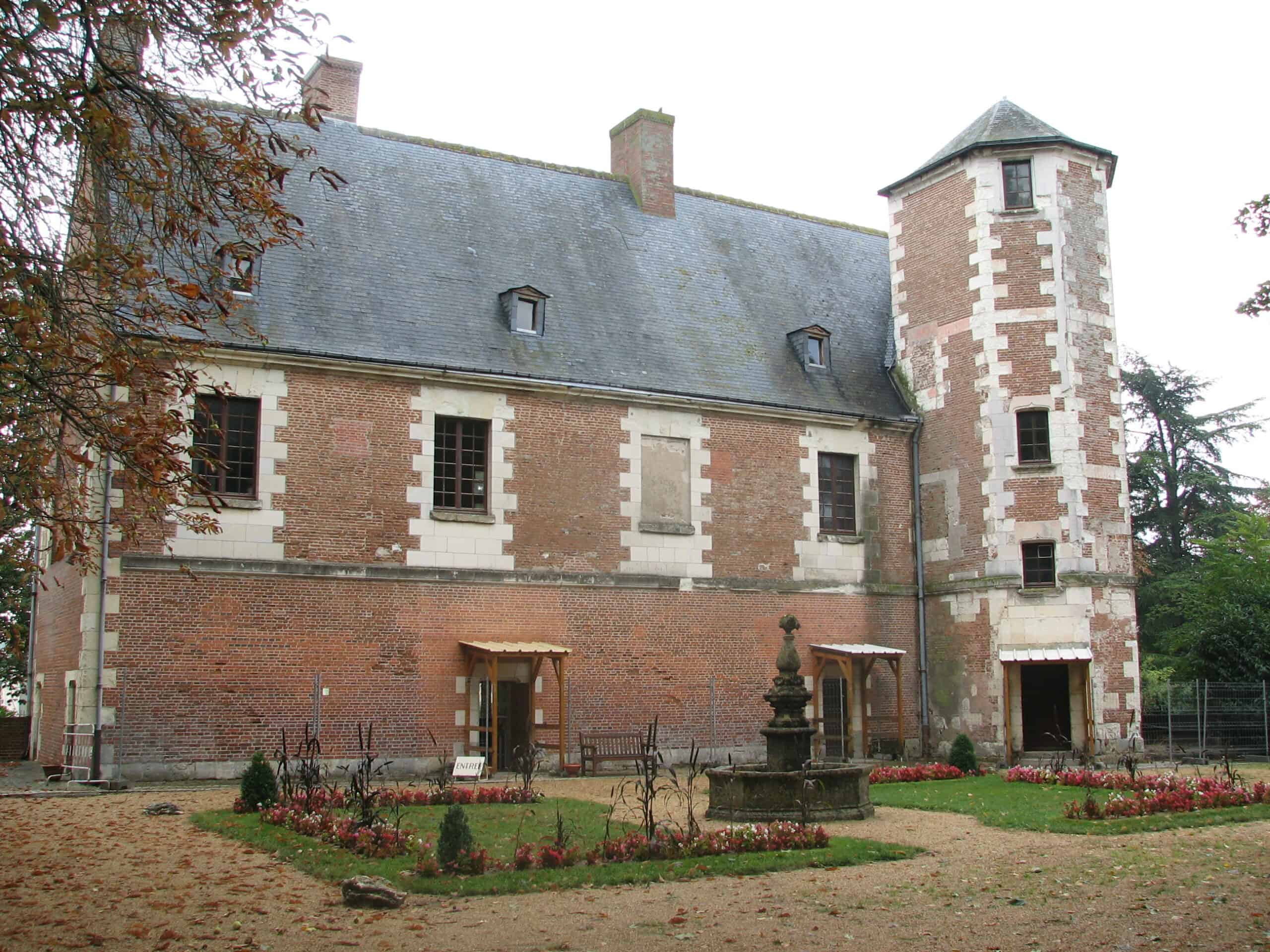
where the treaty was signed
- At 1447, in Bury St Edmunds, the king, queen and their company (Suffolk, Somerset and the aged Cardinal Beaufort) called Gloucester before Parliament on a charge of treason, and he died in prison, though it is unclear whether he died of natural causes or foul play.
- After Gloucester’s death, York was presumptively Henry’s heir, but Henry never officially acknowledged it, and York was banished to govern Ireland, while Henry and Margaret promoted Suffolk and Edmund Beaufort to dukedoms (a title normally reserved for immediate relatives of the monarch). Beaufort, the new Duke of Somerset (and Cardinal Beaufort’s nephew) was sent to France to lead the war.
WARS OF THE ROSES
- The Earls of Warwick and Salisbury, the most powerful lords throughout Henry’s reign, took matters into their own hands by endorsing the rival House of York’s claims to the Regency and eventually the throne itself. Henry was ousted and imprisoned on 4 March 1461 by his cousin, Edward of York, who became King Edward IV of England after a violent conflict between the houses of Lancaster and York, known as the Wars of the Roses.
- During the second Battle of St Alban’s, which secured his freedom, Henry was apparently smiling and singing while he was in a state of insanity. However, after failing to arrest Henry and his queen, Edward was able to take the throne and flee to Scotland. During Edward IV’s first reign, Lancastrian opposition was mostly led by Queen Margaret and the few nobles who remained faithful to her in England and Wales’ northern counties. In 1465, King Edward arrested Henry and imprisoned him in the Tower of London.
- King Louis XI of France helped Queen Margaret, who had been banished to Scotland and then France, to reclaim the throne for her husband and son, and they finally forged an alliance with Richard Neville, Earl of Warwick, who had had a falling out with Edward IV. Warwick returned to England after marrying the Prince of Wales’ daughter, defeated the Yorkists in battle, rescued Henry VI, and restored him to the throne on 30 October 1470. It was only a short time before Henry returned to the throne.
- Years in hiding, followed by years in prison, had taken their toll on Henry, who had been mentally ill and weak-willed from the start. By all accounts, Henry looked fatigued and vacant as Warwick and his men paraded him through the streets of London as the lawful king of England, and the contrast with the imposing King Edward, whom he had replaced, must have been marked.
- Within a few months, Warwick had overstepped himself by declaring war on Burgundy, whose ruler responded by giving Edward IV the assistance he needed to win back his throne by force. In 1471, the Battle of Tewkesbury resulted in the death of the Prince of Wales.
DEATH AND LEGACY
- On 21 May 1471, Henry VI was imprisoned in the Tower of London, where he was murdered. Popular legend has accused Richard, Duke of Gloucester of his murder, as well as the murder of Henry VI's son, Edward of Westminster. The body of King Henry VI was initially buried in Chertsey Abbey, but in 1485 it was transported to Windsor Castle’s St George’s Chapel.
-
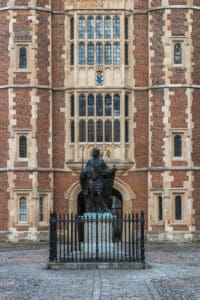
Henry VI Statue at Eton College Perhaps his one lasting positive accomplishment was his nurturing of education – he founded both Eton College and King’s College, Cambridge.
- These and most of his other architectural commissions (like his completion of his father’s foundation of Syon Abbey) consisted of a single, grand, late Gothic or perpendicular-style church, usually called a chapel, a term that belies their size, with a monastic and/or educational foundation attached, continuing an architectural patronage trend begun by his father.
- The Provosts of Eton and King’s College, Cambridge, leave roses and lilies on the altar where Henry VI died every year on the anniversary of his death.
- Henry VI appears to have been a decent man, yet he was unfit for the throne. He let himself be completely dominated by the power-hungry forces that surrounded him at court, and he was thereafter helpless to prevent a horrific civil war from erupting. As his recurring mental illness from 1453 onwards showed, it was clearly too much for him to handle. Margaret, his queen, was the main force behind the Lancastrian group during the Wars of the Roses, while Henry was imprisoned by one side and then the other. Anyone who had the king in their custody may claim to rule in his name. The function of Parliament in choosing succession and approving any aspirant’s claim to the throne emerged as a result of Henry VI’s reign.

